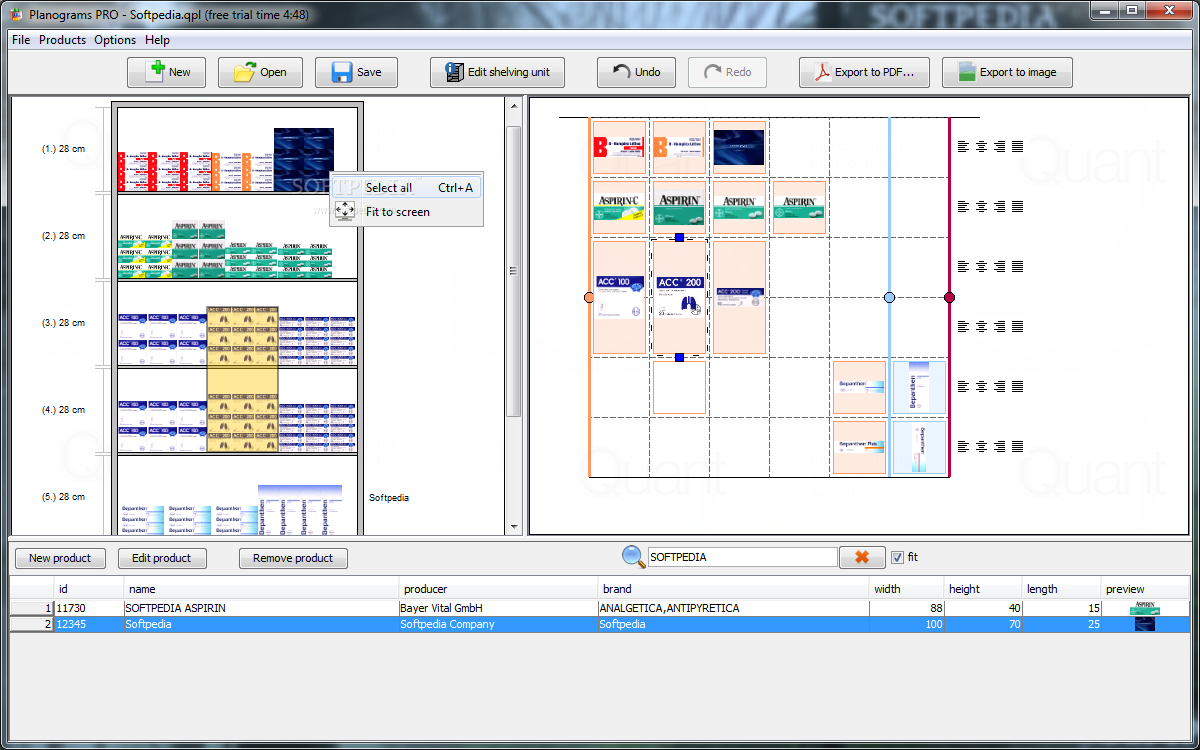

Planogram components are often included in large space planning and retail space management software applications. This gives the executive management of a retail store or chain more control over how products are displayed and enables them to track and improve on the success of their planograms.

The resulting planogram is printed out as a visual, which is then used by the part-time helpers who are often hired to restock retail shelves and displays. The diagram documents how high or low the product should be displayed on a shelf and which products should surround it. It involves checking the layout of the store against the planogram, verifying whether the planogram has been properly implemented and reviewing the results of this implementation. Planogram compliance refers to the process of making sure that the planogram meets the requirements specified in the diagram. By analyzing past and current sales patterns, a planogrammer can make successful recommendations about the number of "facings" a particular product should have on a retail display. Planogram specialists themselves are also referred to as POGs. What is a planogram specialist?Ī person with this skill is referred to as a planogrammer or planogram specialist. A merchandiser's primary responsibilities include creating attractive displays and implementing planograms to increase customers' buying experience. The planogram merchandiser plays a vital role in optimizing retail shop space and creating compelling designs. Planogramming is a skill used in merchandising and retail space planning.

Key benefits of planograms include increased efficiency, maximized retail store space, increased customer satisfaction, visual appeal and increased revenue.


 0 kommentar(er)
0 kommentar(er)
